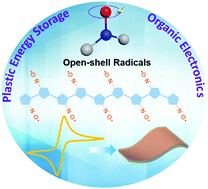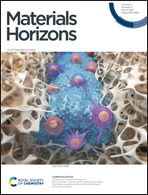Nitroxide radical polymers for emerging plastic energy storage and organic electronics: fundamentals, materials, and applications
Abstract
Increasing demand for portable and flexible electronic devices requires seamless integration of the energy storage system with other electronic components. This ever-growing area has urged on the rapid development of new electroactive materials that not only possess excellent electrochemical properties but hold capabilities to be fabricated to desired shapes. Ideally, these new materials should have minimal impact on the environment at the end of their life. Nitroxide radical polymers (NRPs) with their remarkable electrochemical and physical properties stand out from diverse organic redox systems and have attracted tremendous attention for their identified applications in plastic energy storage and organic devices. In this review, we present a comprehensive summary of NRPs with respect to the fundamental electrochemical properties, design principles and fabrication methods for different types of energy storage systems and organic electronic devices. While highlighting some exciting progress on charge transfer theory and emerging applications, we end up with a discussion on the challenges and opportunities regarding the future directions of this field.

- This article is part of the themed collection: Recent Review Articles


 Please wait while we load your content...
Please wait while we load your content...